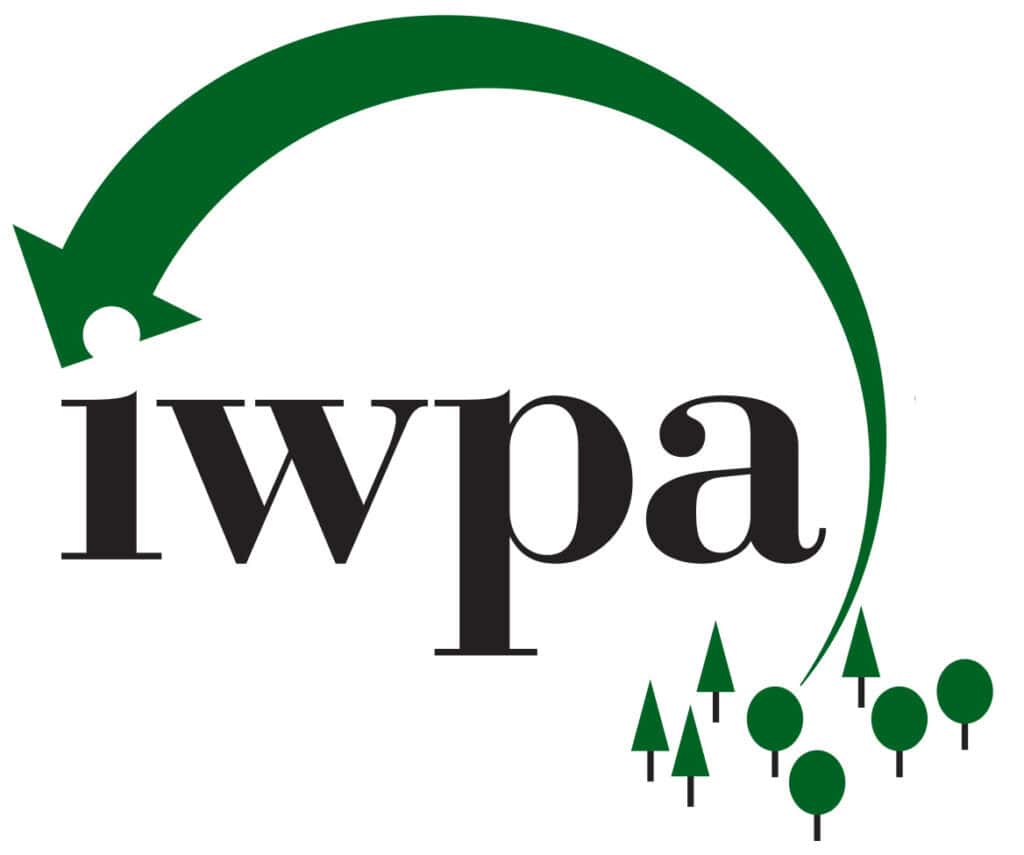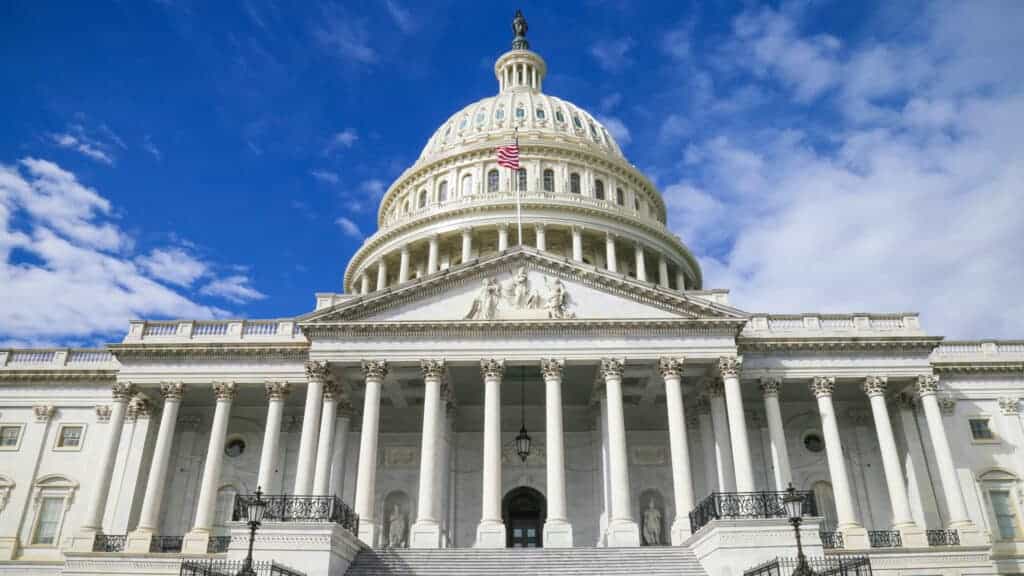

By Ashley Amidon
Executive Director,
International Wood Products Association
Alexandria, VA
(703) 820-7807 (c)
www.iwpawood.org
As we step into 2025, the international trade landscape is more dynamic than ever. To help you cut through the dozens (hundreds!) of headlines you see by every day, IWPA has identified critical trends and indicators to watch in the year ahead that could have significant impacts on our industry.
The Trump Factor – The elephant (pun intended) in the room is President Donald Trump. During his campaign, Trump made it clear he wants to renegotiate America’s position in the world — and is willing to use all the leverage he has at his disposal to pressure other world leaders into inking new deals. This approach signals the possibility of one-off, bi-lateral trade deals rather than the comprehensive multilateral trade agreements that defined the latter half of the 20th century.
The Tariff Question – While no one knows if the departure from traditional trade practices will lead to ratcheting tariff wars or a redefinition of international trade, President Trump has several key trade powers which he showed a willingness to use in his first term. Key mechanisms likely to remain in focus include Sections 201 and 301 of the Trade Act of 1974, Section 232 of the Trade Expansion Act of 1962, and Section 203 of the International Emergency Economic Powers Act (IEEPA). Many of these powers are contingent on rulings and determinations made by executive agencies, so keep a close eye on actions early in 2025 from the Department of Commerce (DOC), Office of the US Trade Representative (USTR), and the International Trade Commission (USITC).

Just a Bill on Capitol Hill – While executive actions often dominate trade headlines, several dark horse pieces of legislation including GSP, AGOA, and MTB could have long-lasting impacts on the trade space. Additionally, tariffs could always get included in a potential federal budget, creating a permanence to tariffs that the U.S. has not seen in decades.
The Economy: Hot or Not? – The U.S. economy has been running hot, with robust growth and low unemployment. Market expectations for the pace of Federal Reserve rate cuts have diminished as post-election consumer confidence wavers. Concerns about potential inflation, particularly in light of possible tariff increases, could keep interest rates elevated— resulting in lower levels of large, debt financed purchases such as mortgages and construction loans.
EUDR Delayed but not Dead – The one-year delay in implementing the EU Deforestation Regulation (EUDR) to the end of 2025 for larger companies provides crucial preparation time for industry compliance. The EUDR covers entire supply chains, including companies not directly exporting to the EU. Even if you are not covered directly, you may be affected by clients who want to know detailed supply chain information to ensure that they are able to comply with the EUDR. If you have not been tracking the EUDR, now is the time to start; this delay was a last minute reprieve that companies should not expect again.
2025 is certainly going to be a year of flux for our industry, and while no one has a crystal ball, IWPA will be doing our best to stay ahead of trends and allow the industry to do what they do best: adapt and innovate. To deepen your understanding of these developments and engage with industry leaders, join us at IWPA’s World of Wood convention in New Orleans, March 26-28, 2025. Registration details are available at IWPA’s website.









